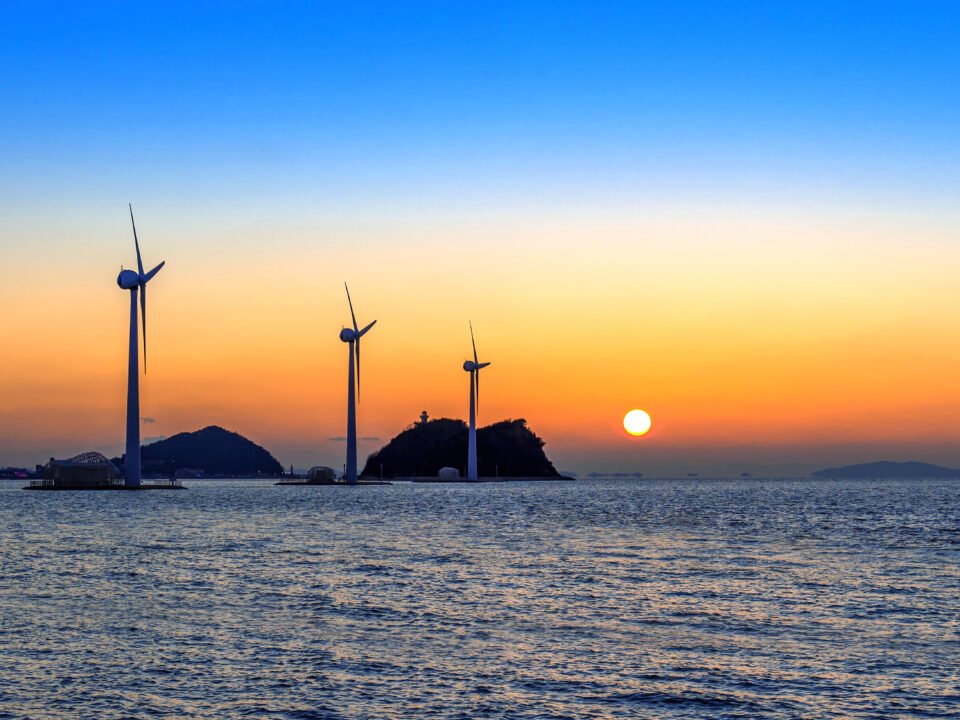As various commodity prices soar and leaders around the world worry about energy shortages and prices of gasoline at the pump, millions of people in Africa still lack access to electricity. About fifty percent of the people on the continent cannot turn on a fan when temperatures go up, can’t keep food cool, or simply turn the lights on. This energy access crisis must be addressed urgently on priority.
In West and Central Africa, merely three countries are on track to give every one of their people access to electricity by 2030. At this slow pace, 263 million people in the region will be left without electricity in ten years. West Africa, sadly, has one of the lowest rates of electricity access in the world; only about 42% of the total population, and 8% of rural residents, have access to electricity.
These numbers, some far too big, others way too small, have grave consequences. Electricity is an important step toward enhancing people’s opportunities and choices. Access is key to
boosting economic activity and contributing to improving human capital, which, in turn, is a big investment in a country’s potential.
Without electricity, neither children can’t do their schoolwork at night. Nor Businesspeople can’t get information on markets or trade with each other. Worse, as the COVID-19 pandemic has shown so starkly, limited access to energy constrains hospitals and other emergency services, further endangering patients and spoiling precious medicine.
What will it take to power West and Central Africa?
As the African continent recovers from dangerous COVID-19, now is the critical time to
accelerate progress towards universal energy access to drive the region’s economic
transformation, promote socio-economic inclusion, and unlock human capital growth. Without reliable access to electricity, the holes in a country’s social fabric can grow bigger, those without access are continuously growing disenchanted with inequality.
Tackling the African region’s energy access crisis requires four bold approaches.
First of all, this involves making utilities financially viable. Many power providers in the region
are cash-strapped, operate dilapidated and aging generation fleets and infrastructure. Hence,
they can’t deliver reliable and affordable electricity to their customers, let alone deliver electricity to those that currently must rely on inadequate alternatives to electricity. After all, fewer than half of the utilities in Sub-Saharan Africa recover their operating costs, resulting in GDP losses as high as four percent in some countries.
Improving the performance of national utilities and greening their power generation mix is a
prerequisite to lowering the costs of supply, thus expanding electricity access to those currently unelectrified, usually lower-income and very often remote households.
Regarding that effort — and this is a critical second point — West and Central African countries need to look beyond their borders and further integrate their national utilities and grids into other systems in the region. The region has an abundance of affordable green energy sources — hydropower in Guinea, Mali, and Cote d’Ivoire; high solar irradiation in the Sahel — but the regional energy market is fragmented.
Without efficient regional trade, various countries are highly dependent on one or two energy
resources and heavily reliant on inefficient, polluting generation sources, requiring fuel imports linked to volatile international oil prices.



